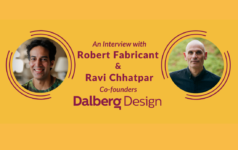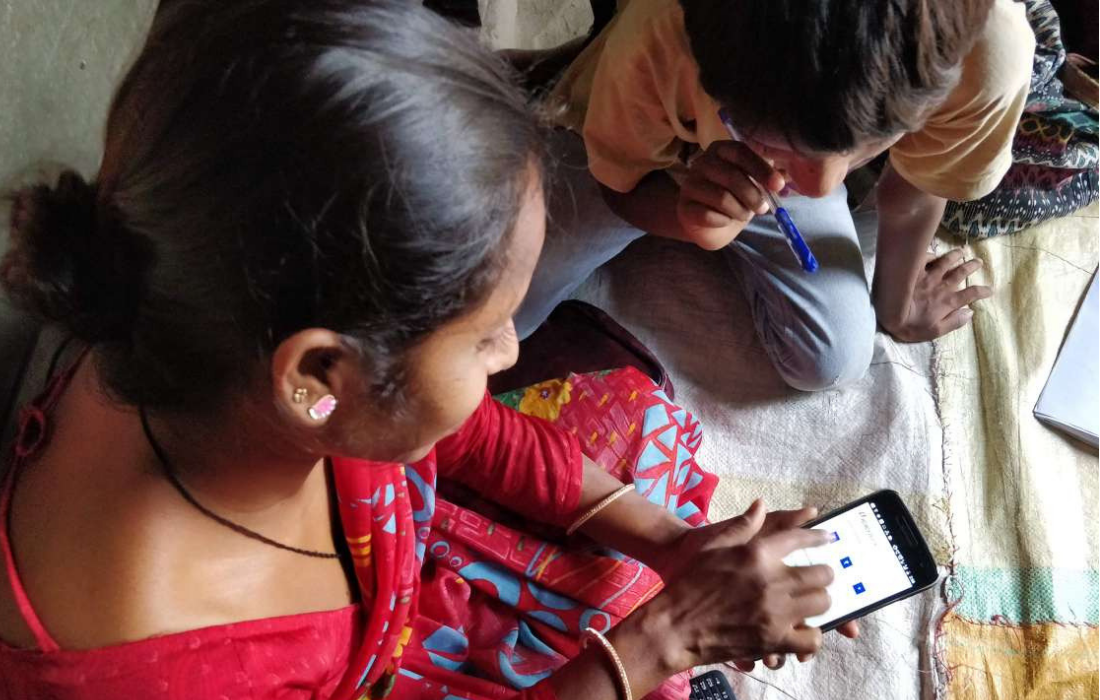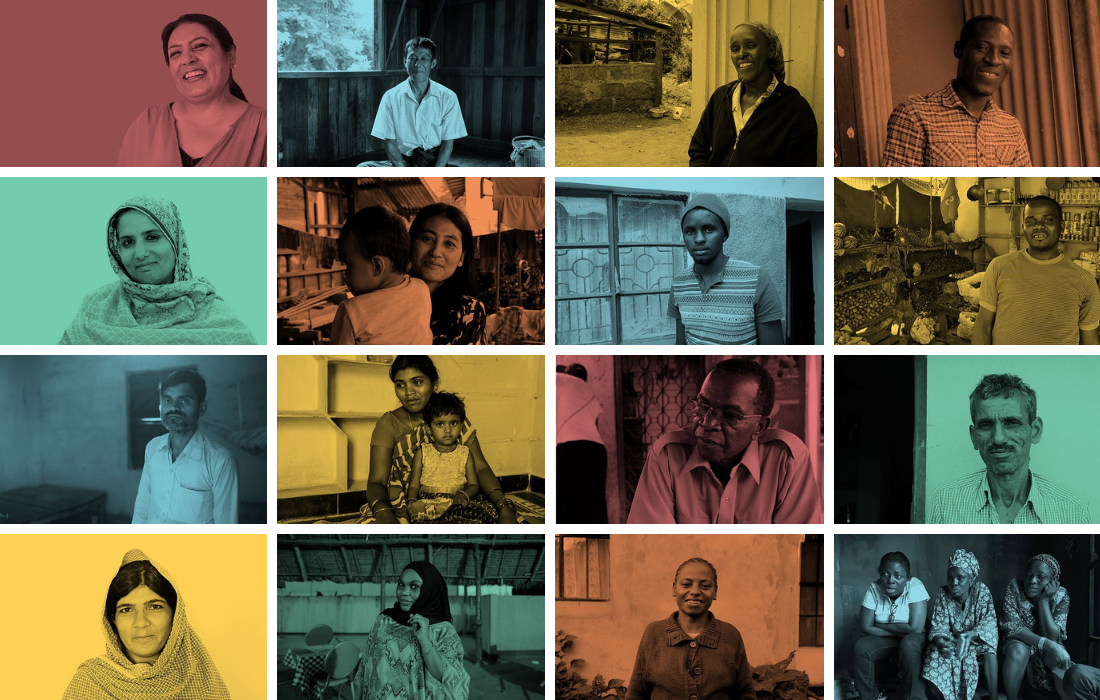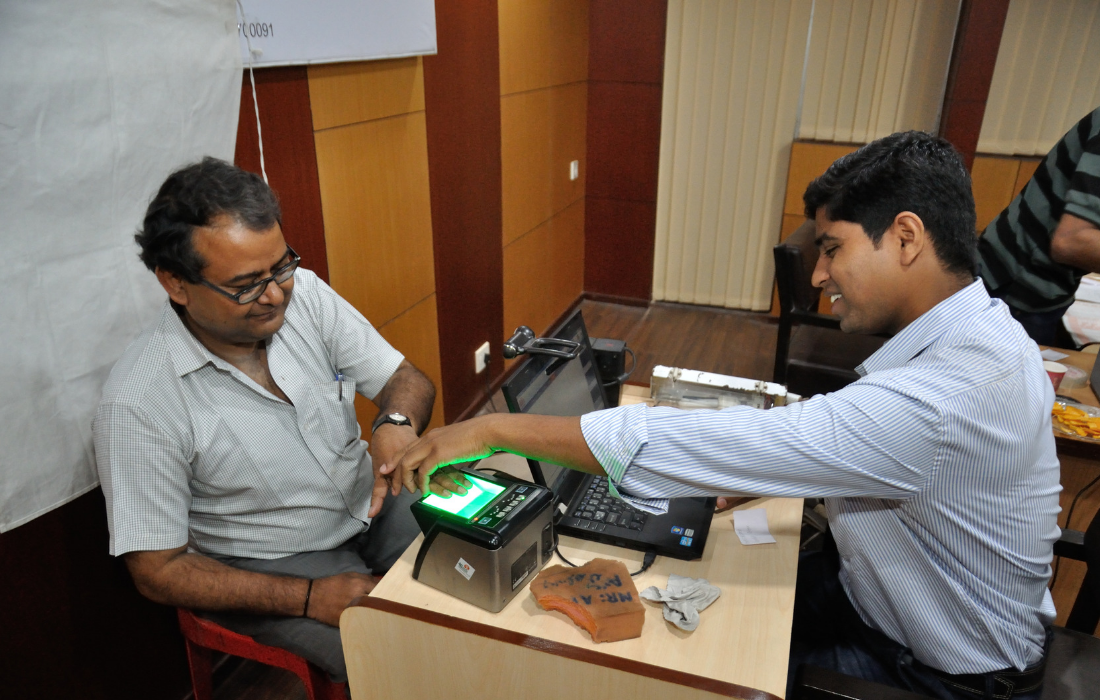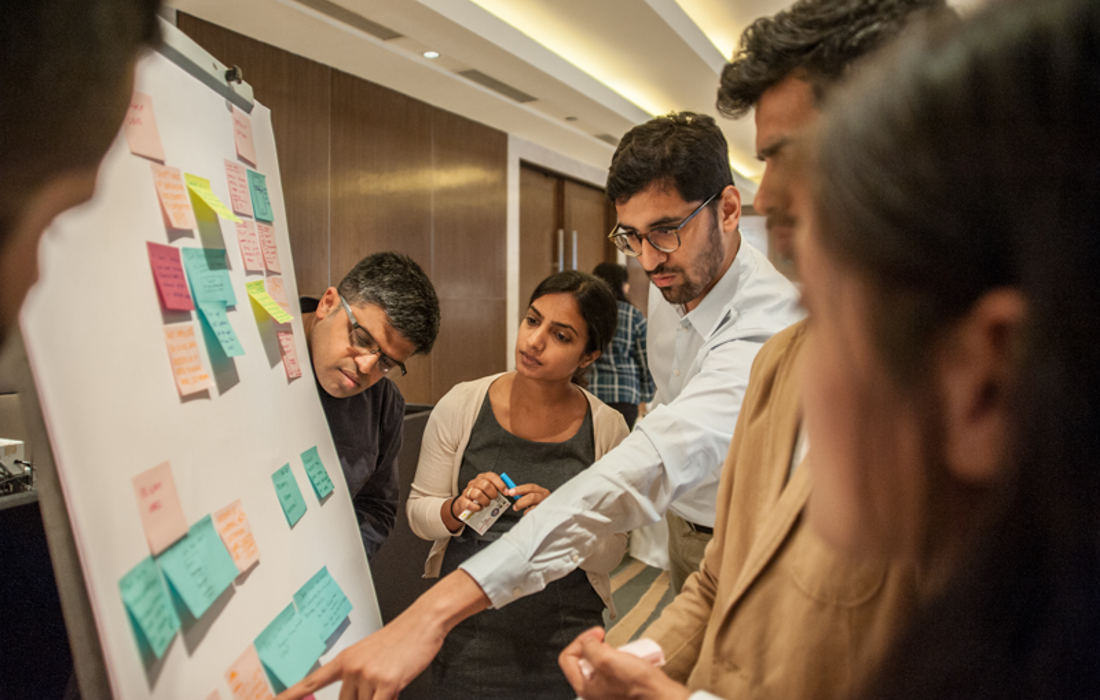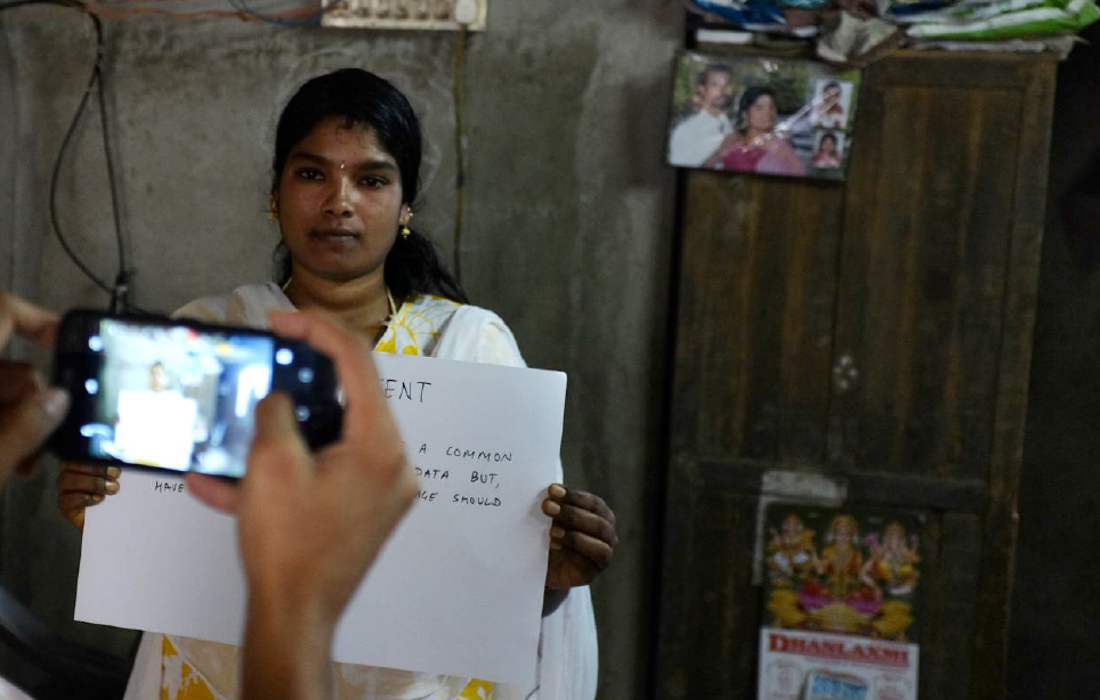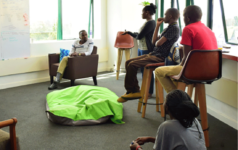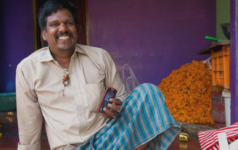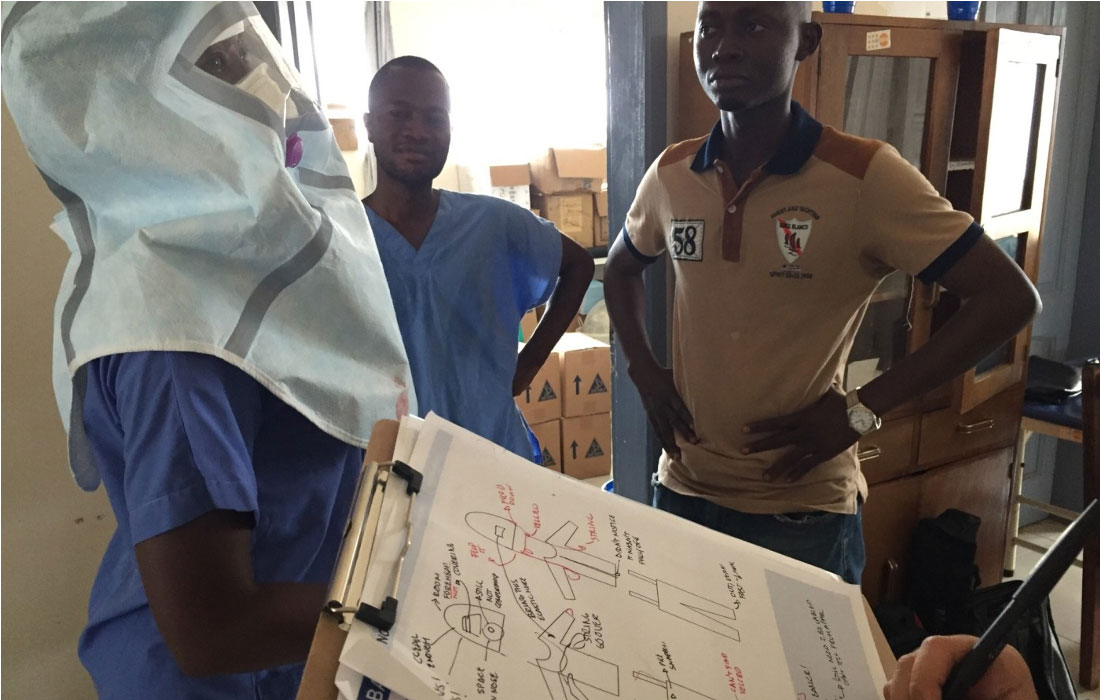Dalberg uses cookies and related technologies to improve the way the site functions. A cookie is a text file that is stored on your device. We use these text files for functionality such as to analyze our traffic or to personalize content. You can easily control how we use cookies on your device by adjusting the settings below, and you may also change those settings at any time by visiting our privacy policy page.
Interest in human-centered design (HCD) has been building in the public sector and international development over the last few years thanks to Clinton Global Initiative and other forums. I no longer get puzzled expressions when I mention that there are designers working at UNICEF and the World Bank—and not on designing printed brochures and collateral. Melinda Gates famously visited IDEO.org last year and subsequently placed HCD at the top of her list of innovations that have had a profound impact on people’s lives:
Human-centered design is about meeting people where they are and really taking their needs and feedback into account. “When you let people participate in the design process, you find that they often have ingenious ideas about what would really help them. And it’s not a onetime thing; it’s an iterative process.
Design has arrived on the scene, but will this interest be sustained? Right now, design seems to be riding the coattails of a number of issues that are top of mind for funders, implementers, and governments including:
- Growing interest in entrepreneurship & market-based approaches to social problems in which organizations (like Proximity Design) are increasingly targeting users as consumers not beneficiaries.
- Low engagement with and adoption of new interventions in critical communitiesdue to a failure to understand target users, their context, and the way in which organizations can meaningfully enhance their experience—issues that CGAP is trying to address.
- Multiple solutions targeting the same markets and user groups such as smallholder farmers, community health workers, and adolescent girls without effective strategies to integrate these solutions into a coherent experience for providers or end-users. (The MDGHA Community Health Worker Backpack PLUS collaboration is one example.)
- New communication and collaboration technologies, such as OpenIDEO, that allow organizations to source creative ideas more easily and rapidly and collaborate with diverse communities in more inclusive ways.
Design can contribute value in all these areas, but designers who address these issues can still miss a larger opportunity for transformative impact. For example, low engagement is often cast as a “demand generation” problem. The underlying assumption is that the product, program, or intervention is the right one, but users just haven’t caught on yet. But design can’t provide a silver bullet for poorly conceived products that were not developed collaboratively with communities, and are not based on a genuine understanding of people’s needs, perceptions, and situations.
To achieve sustained impact, designers should strive to shift the fundamental dynamics of development work by addressing problems such as: a technology-first mindset that assumes adoption and engagement are someone else’s problem; the lack of skills in the development community to test and iterate solutions before committing to expensive pilots; the lack of funder support for experimentation; and formulaic approaches to M&E that take up a huge amount of resources and time, but provide little in the way of learning that providers can integrate in a timely manner.
Changing these dynamics can deliver huge impact, but it will require a very big lift from a relatively small community of designers focused on international development and social impact. To achieve impact on this scale, we must first come to grips with the following issues:
- From global to local: The very promise of HCD relies on a level of intimacy with people and cultures, as well as sustained, rich engagement with communities. Both IDEO and frog closed their offices in India in the last few years, because the cost of business was too high without sufficient market demand for integrated design services. Design cannot deliver impact without a sustainable base of practice and robust pool of local practitioners in markets with the greatest need. Are funders willing to fill the gap and invest in design capacity-building beyond the needs of individual projects or interventions?
- From novelty to trust: Design was founded on a culture of experimentation and reinvention. This serves us well when we are delivering solutions to crowded markets like smartphone apps. But there are many more unknowns in fields like financial inclusion and public health. We must reconsider our desire to reinvent when the stakes are so high and the resources so limited, and look to build on existing knowledge and practice—or else we risk marginalizing the early adopters that we depend on to fund design. How do we successfully migrate fresh insights and innovative models into sustained strategies that incorporate proven models?
- From products to systems and from consumers to decision-makers: The overwhelming assumption within the development community is that you need HCD only for product-based interventions that target end users or consumers. The design community reinforces this image by consistently featuring images of “things,” such as seed-planters, solar lamps, or mobile apps. But design is a powerful tool for mapping needs and opportunities across entire ecosystems and prototyping interventions that target decision-makers at various levels, particularly when combined with more rigorous value-chain analyses. Disciplines like service design have expanded our prototyping toolset beyond physical products and digital interfaces, to a broader complement of business processes. Now we need to get better at communicating the value of these less-tangible applications of design.
- From insights to action: Visual and narrative outputs play a critical role in communicating the powerful human dimension associated with so many intractable social issues, and then exposing the limits of conventional approaches to poverty reduction. But too often designers load up on the narrative material without: distilling our insights into a clear point of view on the factors that drive cost-benefit analysis; defining a clear path to prototype and test which factors are most critical to impact in practice; and gathering sufficient data to extrapolate the broader significance of our findings. We need to reassess the level of value-to-inspiration in our outputs and increasingly prioritize actionable strategies that we can quickly test, refine, and integrate into operational planning.
EMBRACING AN INTEGRATED APPROACH
The time is right to look past design as a new shiny entrant on the development scene. Designers need to reconsider an approach in which we stand out and stand apart. Funders need to reconsider an approach in which the value of design is assessed separately and embrace design as complementary to conventional methods, not separately quantifiable. My colleague at Dalberg Design, Ravi Chhatpar, and I are laying the foundation for an integrated approach by building a design and innovation group at the global consultancy Dalberg. We see an immediate opportunity to:
- Contextualize design within a broader model of analysis and strategic planning, working with colleagues who have a richer and deeper toolset in strategy, finance, operations, and M&E that has proven its value in development.
- Contribute to leadership and capacity-building by transferring skills in collaboration, participatory design, prototyping, and qualitative insights generation to our peers.
- Combine an intimate human lens on complex social systems with best practices for driving large-scale changes in policy and investment.
- Create compelling stories that leverage sound data and analytics with a profound and inspiring narrative about people, and their expectations and experiences.
- Accelerate impact by deploying cross-disciplinary teams to tackle finance, market analysis, human centered design, piloting, and operationalization in parallel without requiring handoffs between discrete partners.
We recently released a report that attempts to make the “case” for integrating design into the broader tools and processes that drive planning and decision-making in the development sector. Our challenge now is to get on with the hard work of directing this creative energy toward much more profound and lasting impact.
This article was originally published in Stanford Social Innovation Review.


